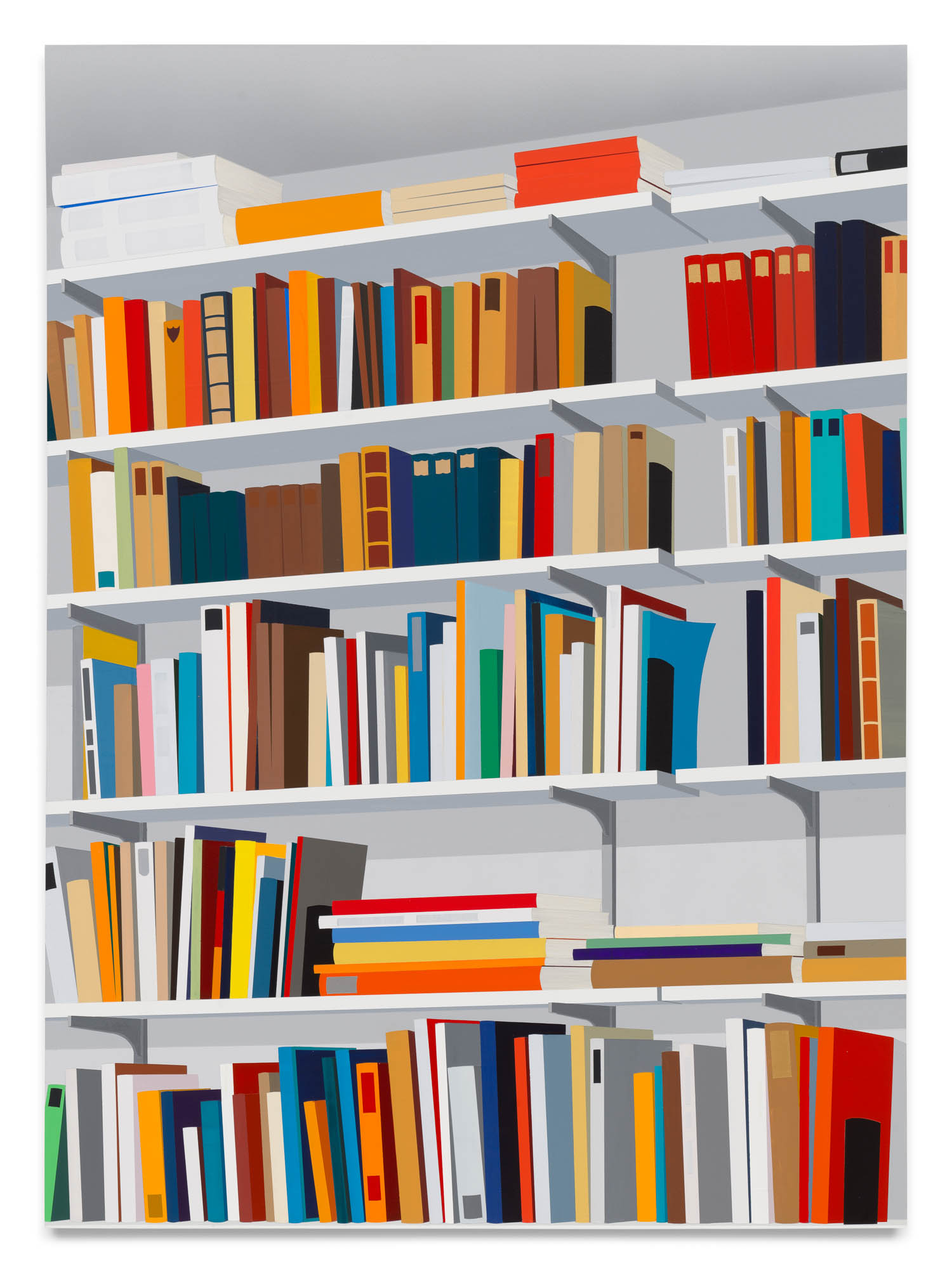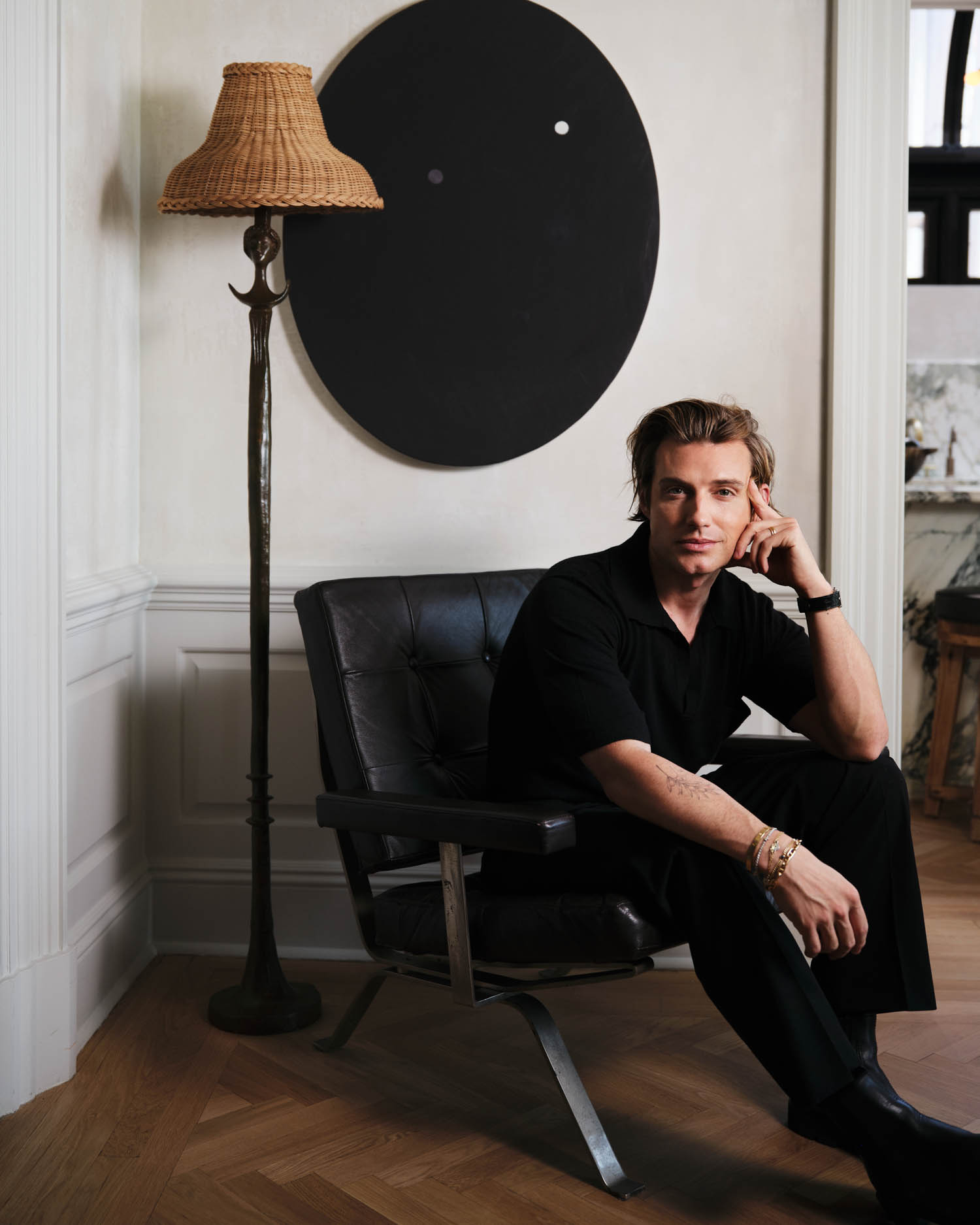IFA 2016 Trends: Smart Electronics to Make Homes More Connected and Sustainable
Europe’s biggest consumer electronics fair, IFA, gives manufacturers an opportunity to present products that will define the future of residential interiors. Held in Berlin from 2-7 September, the 2016 edition featured appliances intended to make homes smarter, healthier, more sustainable, and better connected.
The “smart” or “connected” home was a key theme at IFA 2016, with leading brands demonstrating how products including refrigerators, ovens, dishwashers, and even coffee makers can be be controlled remotely using smartphone apps. Systems such as the Siemens Home Connect, Panasonic’s Smart Home, and Grundig’s HomeWhiz app help save time by programming tasks on the move.
Novelties presented at the fair included the iQ700 fridge-freezer from Siemens, which photographs the interior every time the door is closed so users can check which groceries might be required during their next shopping trip. Sharp unveiled a series of smart appliances, including an oven with a temperature probe that allows users to remotely monitor the status of their cooking, and a washing machine that lets them adjust the temperature and spin cycle.
Ovens with pre-programmed or downloadable recipes that direct the cooking process were also popular. Among the most innovative examples include Sharp’s Love2Cook and the SenseCook oven from Electrolux’s Mastery Range, which lets users select how they want their food cooked.
Buttons and dials are increasingly being replaced by touch-control panels incorporated into appliances with sleek designs and uninterrupted surfaces. Miele’s ArtLine collection features handleless fronts that open by tapping or touching, while a knock on the front of LG’s Instaview fridge transforms its entire surface from opaque to translucent so users can monitor contents without opening. The surface also functions as a touchscreen panel running the Windows 10 operating system.
The health of both people and the environment proved another major trend this year, with a particular focus on hygiene, nutrition, freshness of foods, and shelf life. Grundig translated their “Respect Food” concept into refrigerators that control temperature, humidity, and lighting to enhance the longevity of foods and reduce waste. A multitude of small appliances, such as Panasonic’s MX-ZX100 high-power blender and the Philips Innergizer, produce healthy meals and snacks using fresh ingredients.
There was a trend for extractors integrated into the cooking surface of hobs, with brands including Miele and Siemens showcasing this space-saving technology. Incorporating extractors into the hob unit renders conventional overhead extraction unnecessary, meaning the hob can be situated anywhere in the kitchen.
Induction hobs that respond to the placement of pans on their surfaces by heating up specific areas were another prevalent theme for the kitchen. In addition to this currently available technology, some companies presented concepts for integrating induction elements into furniture including countertops or tables.
OLED (organic light-emitting diode) screens look to the future of television, with ultra high-definition, superior black levels, and vibrant colors. Examples unveiled at IFA from Loewe and Philips will likely provide competition to current market leaders, LG and Panasonic.


